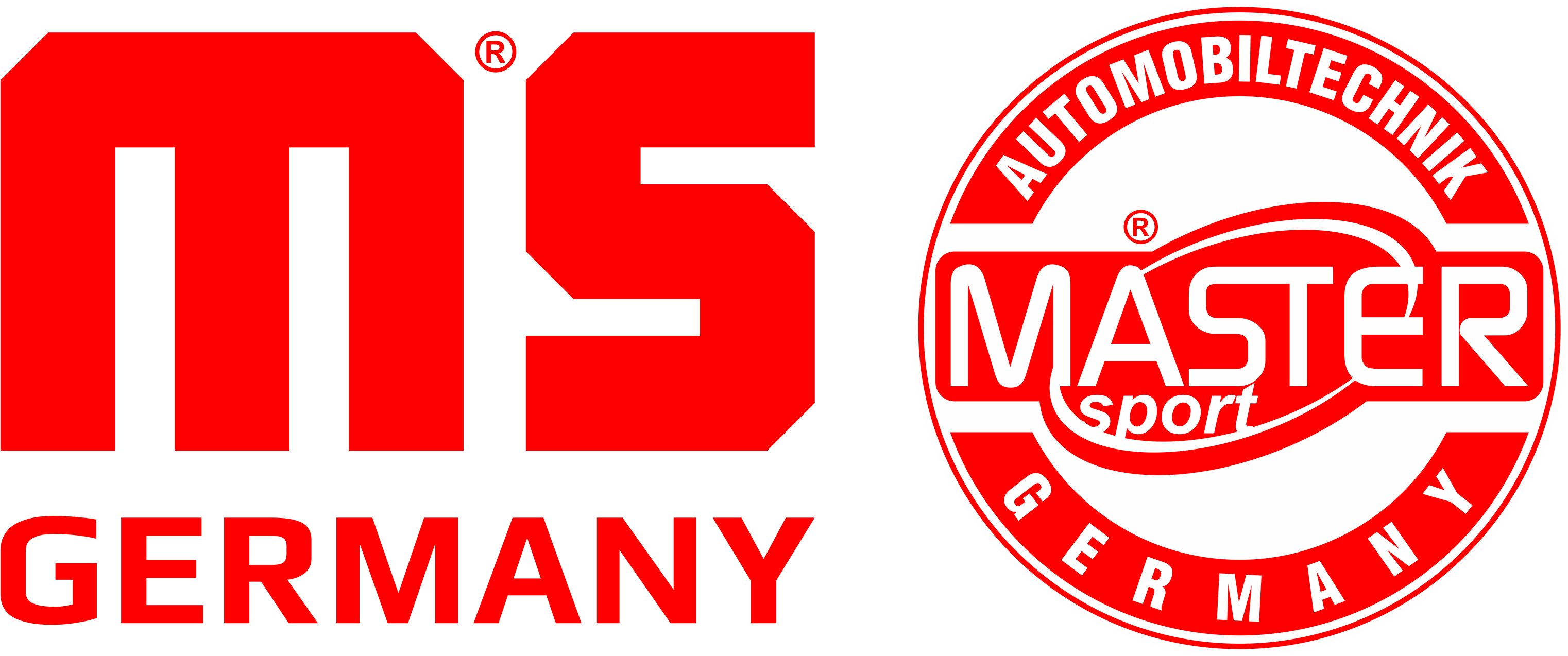Tools Needed for the Replacement. Detailed Step-by-Step Instructions. Common Mistakes During Replacement and How to Avoid Them.
Introduction
The stabilizer bar link is a crucial component of any car’s suspension system. Its role is to stabilize the vehicle during driving, especially when cornering. Over time, this element can wear out and require replacement. DIY replacement of stabilizer bar links is not complicated and can be done at home, saving on workshop costs. In this guide, you will find detailed information on the tools needed for the replacement, step-by-step instructions, and common mistakes and how to avoid them.
Tools Needed for the Replacement of Stabilizer Bar Links
Before starting the replacement of stabilizer bar links, make sure you have all the necessary tools:
- Car jack and jack stands – to lift the vehicle and secure it from falling.
- Socket and open-end wrenches – usually, you will need wrenches in sizes 13mm, 15mm, 17mm, but exact sizes may vary depending on the car model.
- Torque wrench – to accurately tighten bolts with the correct torque.
- Wire brush – to clean the threads of the bolts.
- Penetrating fluid – to loosen stuck bolts.
- Ball joint separator – useful for some car models.
- Replacement stabilizer bar links – preferably original or high-quality aftermarket parts.
Detailed Step-by-Step Instructions
- Lifting the Vehicle First, park the car on a flat and stable surface. Engage the parking brake and put the car in gear (or set it to P in the case of an automatic transmission). Place the jack under the appropriate lifting point and raise the vehicle. Then, secure it with jack stands.
- Removing the Wheel Loosen the wheel bolts and remove the wheel. This will provide easy access to the stabilizer bar links.
- Locating and Inspecting the Stabilizer Bar Links Locate the stabilizer bar links. They are typically found between the stabilizer bar and the control arm or strut. Check their condition – if they are damaged, bent, or loose, they need replacement.
- Loosening the Bolts Spray the bolts with penetrating fluid and wait a few minutes. Then use the appropriate wrenches to loosen the bolts securing the stabilizer bar links. Be careful not to damage the threads.
- Removing the Old Links Unscrew the bolts and remove the old stabilizer bar links. In some cases, you may need to use a ball joint separator to remove the links.
- Preparing for the Installation of New Links Clean the mounting points with a wire brush to remove rust and dirt. Make sure the new stabilizer bar links fit your car model.
- Installing the New Links Place the new stabilizer bar links in position and hand-tighten the bolts. Then tighten them with a torque wrench according to the manufacturer’s recommendations (usually, the torque is around 40-60 Nm, but check the specifications for your car).
- Checking the Installation Ensure that all bolts are properly tightened and that the stabilizer bar links are securely attached.
- Reinstalling the Wheel Put the wheel back in place and tighten the wheel bolts.
- Lowering the Vehicle Remove the jack stands and gently lower the car using the jack. Tighten the wheel bolts with a torque wrench once the car is on the ground.
Common Mistakes During Replacement and How to Avoid Them
- Incorrect Bolt Tightening Incorrectly tightening the bolts can lead to loosening and faster wear of the new stabilizer bar links. Use a torque wrench to ensure the bolts are tightened with the correct torque.
- Insufficient Cleaning of Mounting Points Installing new stabilizer bar links on dirty or rusty surfaces can affect their durability. Thoroughly clean the surfaces before installation.
- Using Incorrect Tools Using the wrong tools can damage the bolts or the stabilizer bar links. Make sure you have the appropriate wrenches and tools before starting the job.
- Lack of Lubrication In some cases, applying penetrating fluid or lubricant can ease the installation and ensure longer life of the components. Check the manufacturer’s recommendations regarding lubrication.
Conclusion
DIY replacement of stabilizer bar links can be a simple and satisfying task that saves you money on workshop costs. Proper preparation, having the necessary tools, and following the step-by-step instructions are essential. Remember to avoid common mistakes, such as incorrect bolt tightening or using the wrong tools, to ensure the durability and reliability of the new stabilizer bar links.


